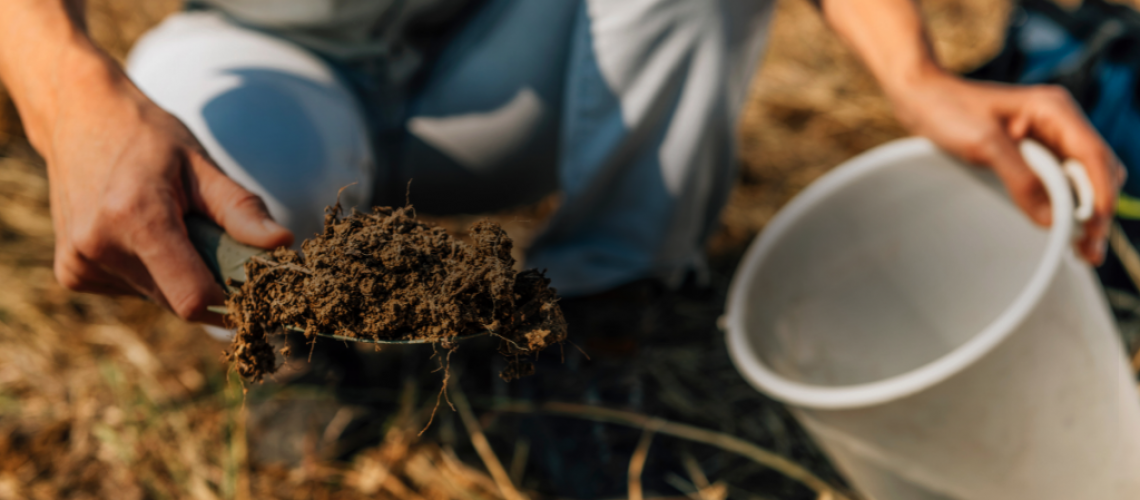By: Lindsay Keeney, Conservation Director, Eliot Clay, State Programs Director, & Ben Roth, Conservation Researcher
Many people are surprised when they discover IDNR manages farmland in the state, but, as Mike Chandler says, “Agriculture is a huge part of wildlife management…We try to keep the agriculture and habitat spatially distributed to where it’s equitable and provides good habitat, and, in doing so…we want to provide [our tenants] a good cropping plan…where they’re going to be making money farming it. But at the same time we have to realize that we’re going to be managing this property for the resource and for the constituents of Illinois so we can provide recreation, hunting, and wildlife viewing opportunities.” The agriculture lease program supports wildlife and recreation by implementing practices on the farmland that are meant to improve soil health, minimize soil erosion, improve water quality, and reduce chemical impacts. On top of that, revenue from the sites goes to supporting other management practices. IDNR has over 230 leases across the state totaling around 36,000 acres.
One might wonder, however, why the agriculture lease program is needed in the first place; why do we need to manage the soil health of the farmland on these properties? According to Bob Caveny, there is “20 times more life below ground than above. Everything above ground is dependent on what’s below the ground, that’s why good soil health is important to maintaining a healthy natural resource.” Knowing this, it’s easy to see why a program that improves soil health would be beneficial for wildlife management. Not only that, but improved soil health means less nitrogen pollution running off into waterways. As Mike Chandler says, through the program the IDNR is “trying to implement best management practices to reduce sediment nutrient load going into the Illinois watershed.” This runoff can travel down the Mississippi River and down to the Gulf of Mexico, adding to the hypoxic zone, an area with extremely low oxygen in which fish cannot survive.
None of this work could happen, however, if farmers were not willing to engage in the agriculture lease program and work the land. As noted by Bob Caveny, “Nobody likes change, but as we move down the road we have to adapt to new challenges,” and farmers are stepping up in a big way with regards to these new ways of farming, though “the biggest hurdle is economics.” However, with help from IDNR, farmers are finding these new practices to steward the land are actually helpful to their operations. And when one farmer turns the corner on these soil health practices, they talk about it to their friends and fellow farmers. After all, “mouth-to-mouth [communication] is the most important” in this area.
For those interested in possibly participating in the agriculture lease program through IDNR, the process has been streamlined thanks to the BidBuy system the department has decided to utilize. To start, says Mike Chandler, “District Wildlife Biologists write the cropping plans…Prospective tenants [then] come in and we discuss the cropping plans. When they send in their bids, they’re bidding based on what crops they’re going to plant over the four years in the plans.” Utilizing BidBuy helps ensure equity in the selection process, as “once you’re registered, then whenever there’s any lease up for bid anywhere in the state, you’ll get an email.” The IDNR expects to have around 65 leases available this year, so take advantage while you can!
These changes are something IEC and its affiliates have spent nearly a decade advocating for. As Lindsay Keeney notes, “A lot of people are really excited and proud of the improvements that are being made. I know there’s people in [our] world that have been advocating for some changes like this for a long time, so it’s awesome to see it happening.” Certainly, IEC and its affiliates are extremely proud to see these changes actually enacted through the agriculture lease program.

